Discontinuous weft is a big feature of most tapestries. Actually, it’s one of the defining features!
Essentially, it’s when you have more than one weft in the same shed (weaving on the same line) and is the cornerstone of imagery. This is because it allows you to have multiple colors next to each other which can be used to make shapes, but it is also used for hatching or color blending. Unlike most pattern weaving which features selvedge to selvedge weft, tapestry weft may not continue across the width of the weaving.
Get it?
One of the best tips for weaving discontinuous weft is Meet and Separate. I have also called it Heads to Heads and Tails to Tails.
Whatever you want to call it, in its simplest form – you have 2 wefts that are either weaving towards or away from each other and never in the same direction. (That’s the key!)
Why it works:
Meet and separate is used to make sure that your weft can continue with the intended pattern (in the case of tapestry – plain weave) without overlapping. This allows you to carry one weft over the other weft in the next shed without having the weft go over and under the same warps. Since the wefts are always weaving in different directions, there is never a time when they overlap in the same shed!
How to do it:
2 wefts
The simplest version of meet and separate is when you have only 2 different wefts. More than likely they will be in different colors, but there could be a time and a place to have them be the same color and the theory still applies.
It’s important to always do a full sequence with your yarn in order for this to work. This means your yarn must always meet and separate in order for them to move. If you try to only have them meet then the pattern will be lost.
When these 2 wefts meet you can use a variety of different techniques to choose how they interact. Interlocking, dovetail, and split tapestry will all work, it just depends on what you want to accomplish with your weaving.
Dovetail: This technique creates a jagged interaction.
Interlocked: A fuzzy interaction.
Split: Clean lines. (This is my favorite and the one I’ll be using for the post)
Meet and separate with 2 wefts means that you will start each yarn at the selvedge of your weaving. Weave them each across to their stopping point – which is determined by your pattern or cartoon – so that they both meet. Weave each yarn back in the opposite direction (separate) completing your full pass!
Depending on the weft interaction you choose you do have the option to weave up one color at a time and then the other (split) or you will have to weave them line by line if they are interacting (join or dovetail.)
As you can see above, if you start moving your weft yarns so that they aren’t weaving up straight blocks of color then you will be able to see if you did the technique correctly! Once one warp (in this case grey) weaves over the other (blue) you can see that it continues to weave the plain weave pattern correctly.
In the image below, the meet and separate technique wasn’t used. The blue and grey yarns are weaving in the same direction. Once the blue yarn attempts to weave over the grey yarn the pattern is lost! They start to weave up with both yarns going over and under the same warps.
More than 2 wefts
This theory works for any number of wefts, but tends to feel more convoluted as you add more to the mix. When there are at least 3 yarns in the same shed then you will have 2 of them meeting and 2 of them separating at the same time. Sometimes it can help to draw or look at a diagram to understand the movement that they have to take in order to keep the pattern. You can look at the diagram below, but if you have say – 7 colors in the same shed, I recommend drawing it out with some arrows.
One of the biggest obstacles I see my students have with this theory is where do they all start?!? It may seem obvious in theory, but confusing in practice, that once there are more than 2 wefts they can’t all begin on a selvedge. With 3 wefts, 2 of them will have to start in the middle of the weaving.
Depending on what you are weaving, you might weave line by line or color by color. If you are weaving line by line then I recommend starting at your selvedge yarn always and work your way across. This will ensure that you don’t lose your pattern by skipping around. Trying to start with a middle weft makes things too complicated. Make it easy on yourself!
If you decide to weave a color at a time, which you might choose to do if you are weaving shapes, then just make sure to pay attention to what direction your yarn starts in. Write it down if you have to! It can be hard to remember if you need to meet or separate when you weave this way since you are only focusing on one color at at time.
Different sized yarn
Most of the time if you are weaving traditional tapestry you will be weaving with the same size weft yarn throughout. But That doesn’t mean you have to! Weaving with different size weft yarns can add a lot of interesting texture and emphasis to your tapestry, but you will need more of the thinner yarn in the same amount of space.
It’s ok to have an unequal amount of your different yarns! As long as it still works with your EPI.
So don’t let that deter you from experimenting with fun yarn! A 2 to 1 ratio or more is fine and will still work as long as you stick with the theory.
What To Do If You Accidentally Wove In The Same Direction
First of all, don’t worry!
We all make mistakes and especially when you start weaving many colors it can be hard to keep track of who should be meeting and who should be separating.
You’ll notice if a mistake was made if when you carry your yarn over it starts weaving in the same shed as the adjacent yarn. So what do you do?
Well, you have 2 options.
- Make It Right
- Make It Work
If you haven’t woven that much and it’s easy to undo then technically the correct way to fix your weaving is to make it right. Un-weave the portion that is incorrect and do it the right way. This might take more time, but it’s a learning experience!
If you have woven a lot and don’t want to undo your progress then you can always just make it work. This requires a little bit of thought to do correctly, but essentially you can add a supplemental weft on top of the incorrect yarn. This is represented by the pink yarn in the image below so it’s easier to see, but you will use the same color as the weft you are using. This supplemental weft will only be in 1 shed and not a full sequence. You would then restart your weft yarn on top of the supplemental weft.
What does this do?
It changes your shed! By adding an extra weft yarn and restarting your regular yarn, you are able to fake it. Keep in mind that this will mean you have 2 extra tails to tuck in when you are finished, but that could take less time than starting over.
Meet and Separate is one of the foundations of tapestry weaving. Once you get the hang of it, you will barely even have to think about it!
Shop This Post!
This page may contain affiliate links. If you purchase something through these links then I will receive a small commission – at no extra cost to you! Please read our DISCLAIMER for more info. Thanks for the support!
⇣ Love It? Share It! ⇣
You May Also Like

















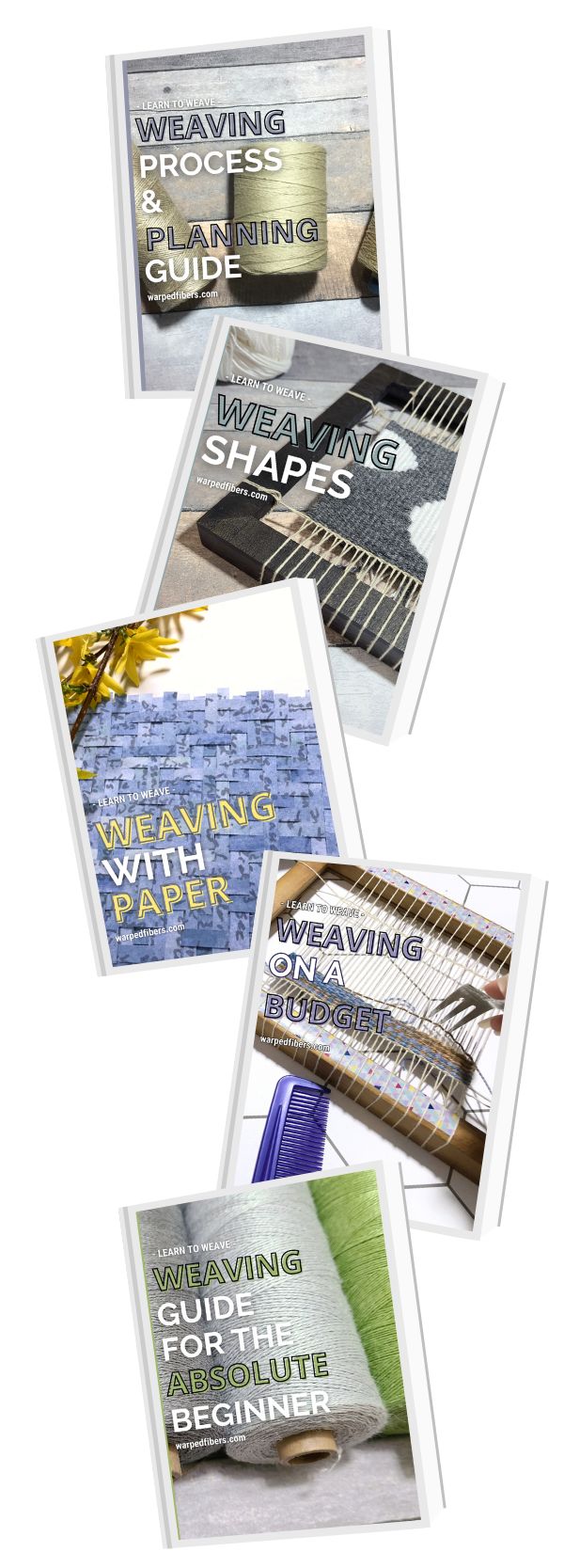
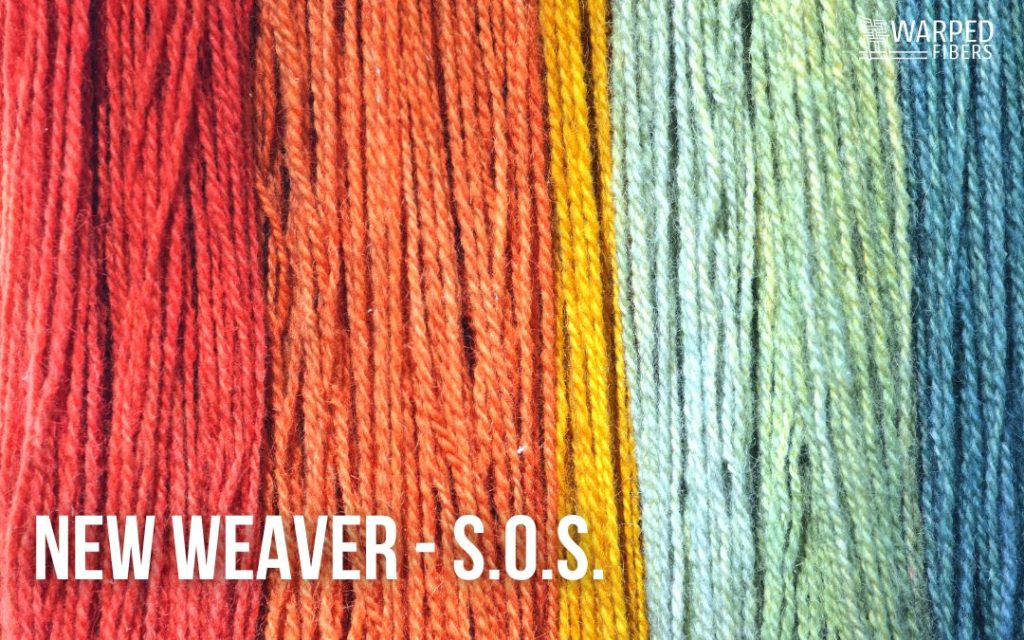

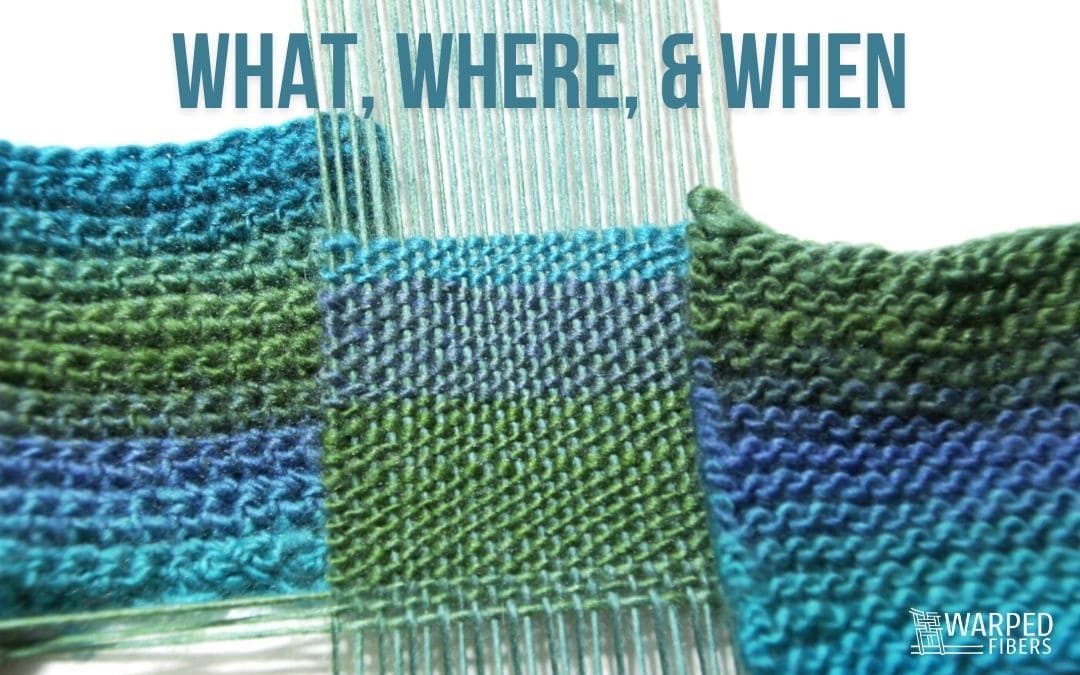

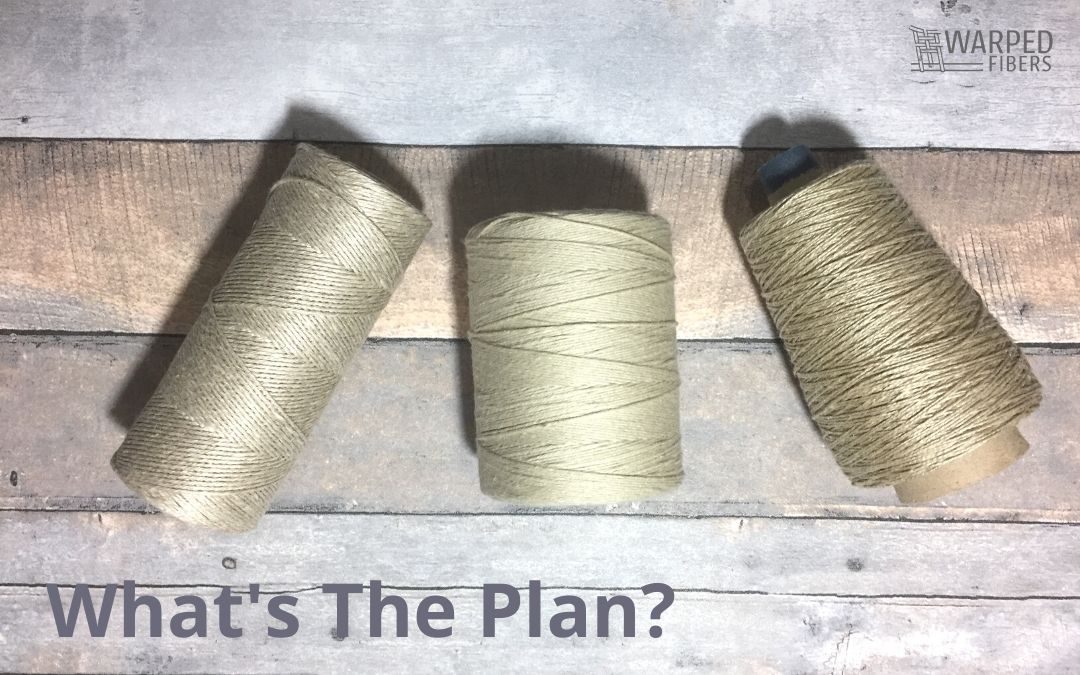

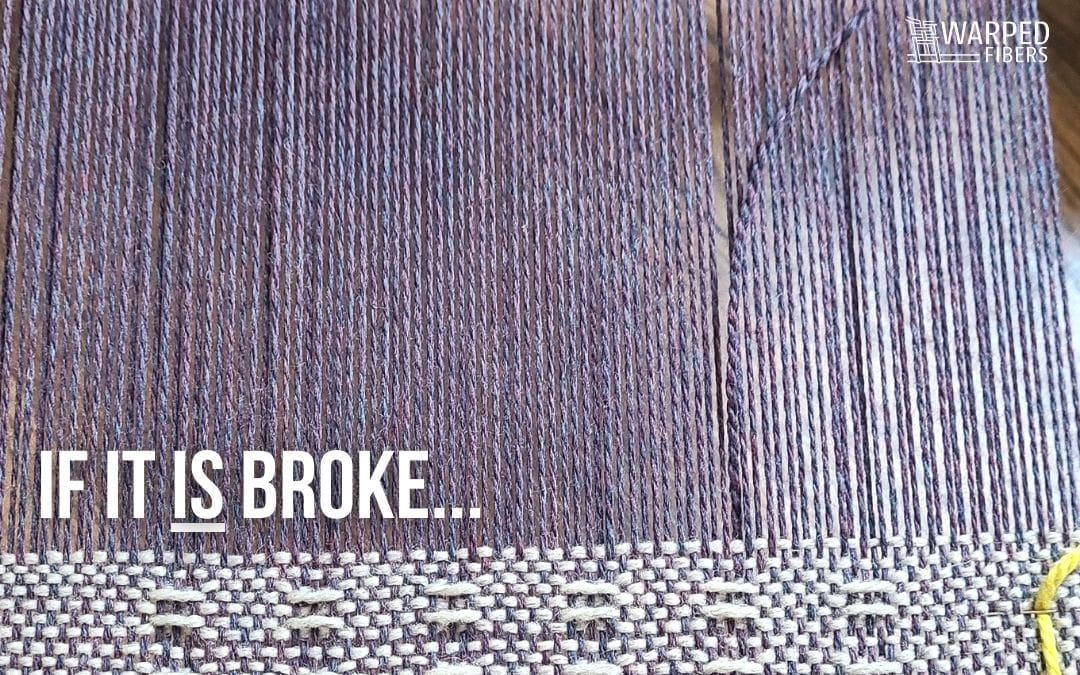

Fantastic have not done because wasn’t sure how. Will be doing on next project
Yay! So glad it helped you!
Hi! This was the most useful article I have come across on my journey to learn to weave!!!!!! Why does no one else tell you this or explain it properly. I can completely see why I have been going wrong.
Thank you sooooooooo much!!!!!
Yay! I’m so glad this helped you! Good luck with your weaving!